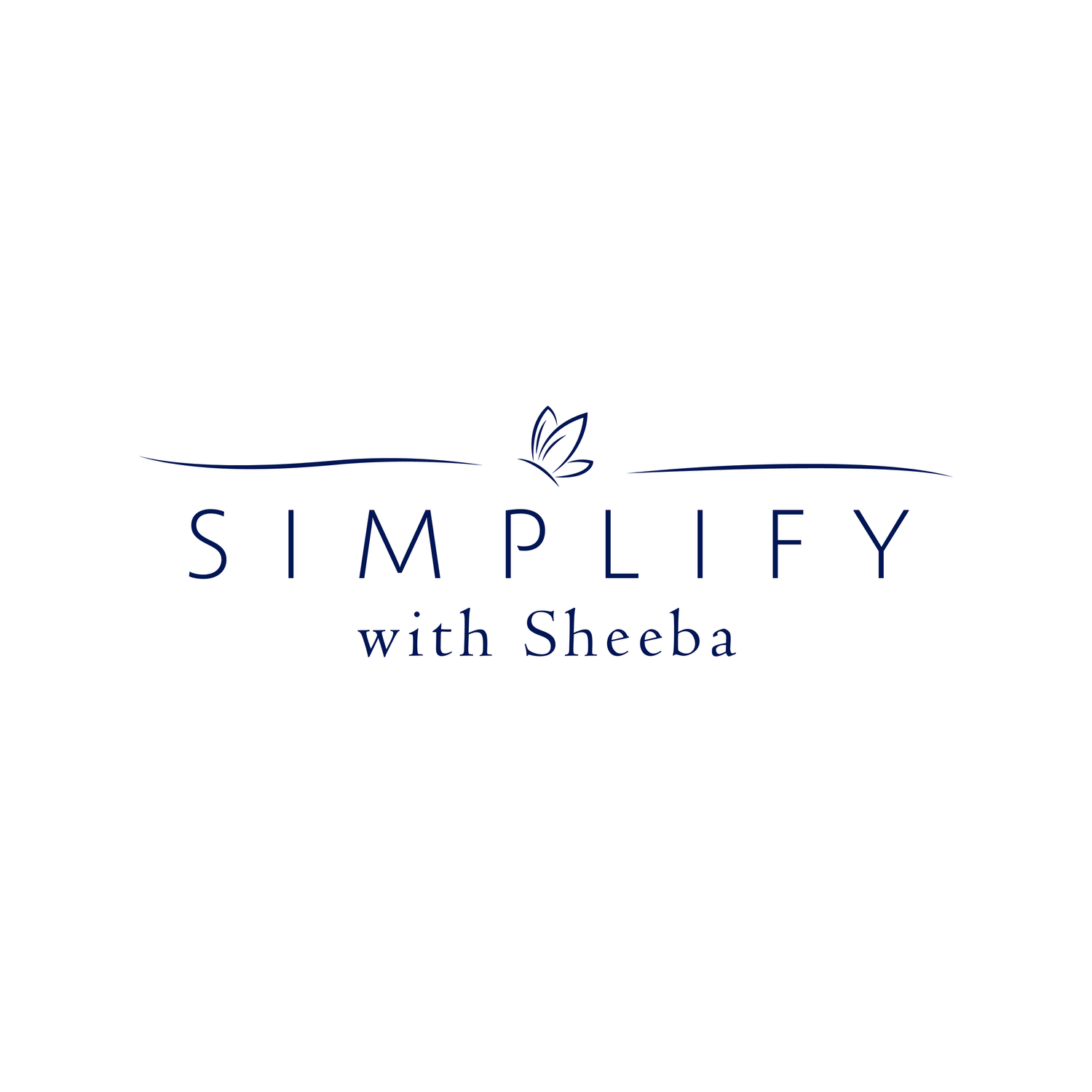Different Organizing Methods: What's your Style?
/Organizing is never one size fits all. What works for one, might not work for another. Find out which method would work best for you. This will really help with maintaining your organized spaces.
Let’s dive into some organizing methods, shall we?
1. The KonMari Method
Marie Kondo swept the world by storm a few years back with her take on organization. Her method involves only keeping items in your home that "spark joy." The idea is to declutter by getting rid of anything that no longer serves a purpose in your life. Another aspect is organization by category and not by location. So for example, you would not organize your complete closet as a whole - but you would organize by category; clothes, books, accessories, etc.
Her method is more of a mindset and appreciating your belongings and thanking them for bringing function to your life.
2. The Zones Method
This method involves dividing your room into zones and organizing each zone based on its function. Take the kitchen for example, rather than organize the complete kitchen in a day, cupboard by cupboard, you would instead organize by zone; pantry, food storage, food prep zone, etc.
This approach helps you to focus on one area at a time making the task less overwhelming. Organizing can take time. You're more likely to feel accomplished by completing a zone at a time, vs leaving behind an unfinished space for another day.
3. The 4 Pile Method
Start by creating piles such as "to keep," "to donate," “to sell” and "trash". Go through your belongings by making decisions in which pile the item belongs. This method is quick and straightforward and great for those who just want to get things done quickly.
The important thing is to not just make the decision but also take action after the process is complete. Remove the trash, put up the items for sale, take items away to be donated and put back things in their "home" for the items that are staying.
4. The one-touch method
The idea here is to not delay decisions or it will lead to clutter. You brought in shopping bags? Don't lay them at the entry way - open up the packaging and put it where it belongs. Items placed at the bottom of the stairs in hopes of being brought up at a later time, might get forgotten and stay there for days.
The idea is to handle each incoming item only once and make a decision about it right away. This also works when dealing with daily routines and tasks. For example, if there is a task that you can complete quickly - get it done right away instead of adding it to your to do list to deal with later.
5. Swedish Death Cleaning
Don't get fooled by its dark name. Swedish Death Cleaning was made popular in the book "The Gentle Art of Swedish Death Cleaning: How to Free Yourself and Your Family from a Lifetime of Clutter" by Margareta Magnusson.
The concept here is to organize your own belongings within your lifetime and not leave this task for your loved ones to tackle after your passing. We don't want to burden them with the task of sorting through what we left behind. Live simply by only keeping what you need. Less items means more freedom.
If there are items that you'd like to pass on to specific family members, openly communicating to them also helps eliminate some of the guesswork and confusion.
There is no one correct or best method of organizing. Which one connected with you the most? Try it out and find something that suits your personality. Happy Organizing!








